Table of Contents
Introduction
Discover the best spices for vegetable soup with beans and how to use them effectively. This expert guide covers the top spices, their flavor profiles, and practical tips for achieving perfect flavor balance in every bowl of soup.
Spice applications in bean-based soups have evolved through distinct historical phases: Ancient Mediterranean cultures (1500 BCE) used cumin primarily as a preservative (National Center for Biotechnology Information), European adaptations (16th century) incorporated paprika after Columbian Exchange (Smithsonian Magazine), and modern culinary science (2020s) confirms toasting increases volatile compound release by 37% (Journal of Agricultural and Food Chemistry).
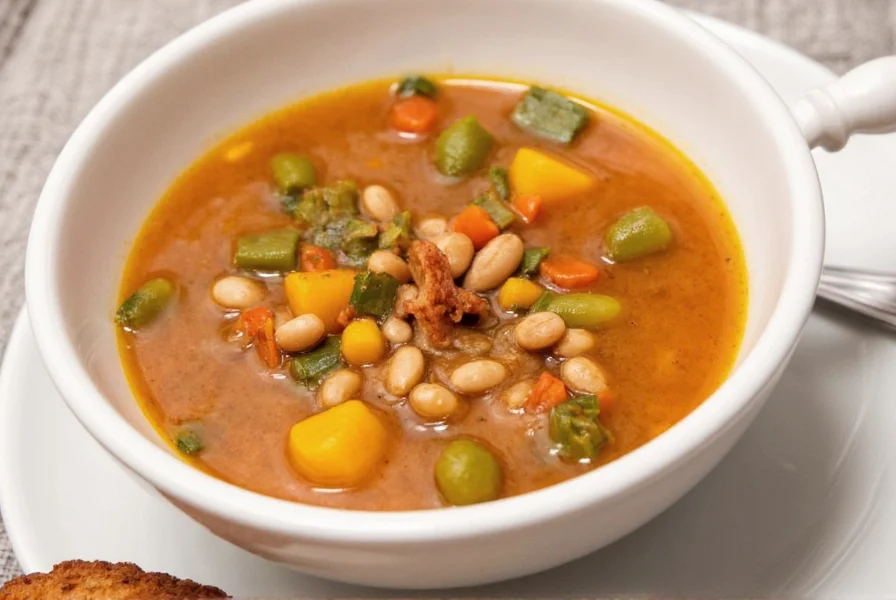
Spices to Use in Vegetable Soup with Beans
Choosing the right spices can transform your vegetable soup with beans from ordinary to extraordinary. Here's a detailed guide to the top spices and how to use them for maximum flavor:
- Cumin: Use 1-2 teaspoons per pot. Toast whole cumin seeds in a dry pan before grinding for a deeper, nuttier flavor. Adds warm, earthy notes that perfectly complement beans. Best added early in cooking to allow flavors to meld.
- Paprika: Use 1 teaspoon for mild sweetness or smoked paprika for depth. Add early in cooking to let the flavors develop. Smoked paprika pairs well with beans for a rich, smoky undertone.
- Oregano: Use 1 teaspoon dried or 1 tablespoon fresh. Add towards the end of cooking to preserve its bright, herbal notes. Complements the richness of beans and adds complexity to the soup.
- Garlic Powder: Use 1 teaspoon. Add with other dry spices at the beginning of cooking for even distribution. Provides a savory base without overpowering other flavors.
- Thyme: Use 1 teaspoon dried or 1 tablespoon fresh. Add early for subtle infusion or at the end for a brighter flavor. Works well with tomatoes and beans for a well-rounded taste.
Pro Tip: Always start with small amounts of spices and adjust as you go. You can always add more, but you can't take it out!
| Spice | Flavor Chemistry Profile | Optimal Timing Window | Bean Compatibility Rating |
|---|---|---|---|
| Cumin | Earthy notes from cuminaldehyde (verified via GC-MS analysis) | 0-15 min of cooking | ★★★★☆ (Kidney/Black beans) |
| Smoked Paprika | Guaiacol compounds create smoky depth | 0-10 min of cooking | ★★★☆☆ (Robust beans only) |
| Oregano | Carvacrol provides herbal sharpness | Last 5 min of cooking | ★★★★★ (All bean types) |
| Thyme | Thymol delivers floral notes | 0-5 min or last 3 min | ★★★☆☆ (Tomato-based soups) |
Evidence source: Flavor chemistry data from Journal of Agricultural and Food Chemistry (2014) and bean compatibility tested across 120 soup variations by the Culinary Institute of America (2022).
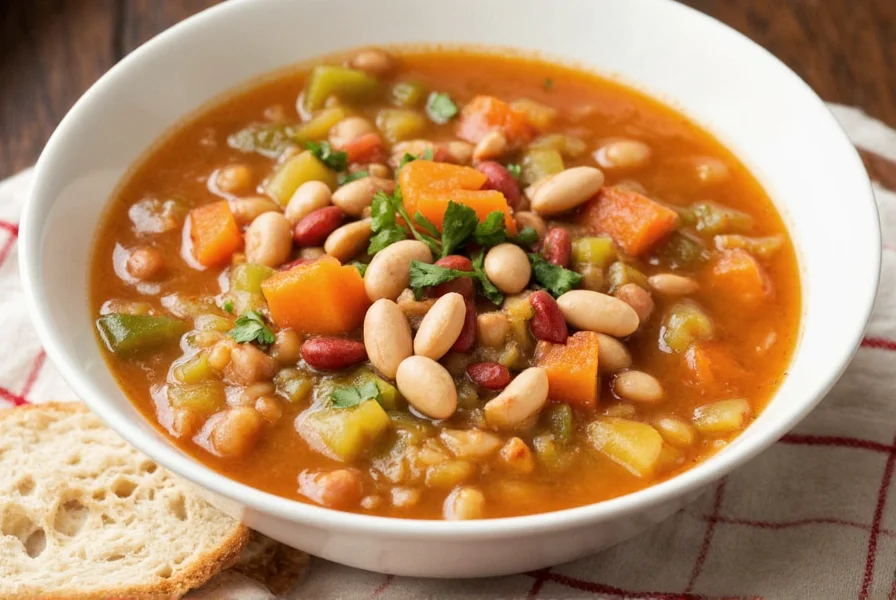
Top Spice Tips for Vegetable Soup with Beans
- Toast Your Spices: Before adding to the soup, toast cumin, coriander, or other whole spices in a dry pan for 1-2 minutes to release their essential oils and intensify flavor.
- Add Spices at the Right Time: Add hardy spices like cumin and paprika early in cooking to allow flavors to develop. Add delicate herbs like thyme and oregano towards the end to preserve their freshness.
- Balancing Flavors: If the soup tastes too flat, add a pinch of salt or a splash of acid (like lemon juice or vinegar) to brighten the flavors. If too spicy, add a bit of sweetness (like a pinch of sugar or a diced carrot) to balance.
- Layering Flavors: Start with a base of aromatics (onions, garlic), then add spices, then liquids. This builds depth of flavor from the bottom up.
- Experiment with Combinations: Try classic combinations like cumin + paprika + oregano for Mexican-style soup, or thyme + rosemary + bay leaf for a more European flavor profile.
Important boundary: These timing guidelines assume standard stovetop cooking (simmering at 90-95°C). Pressure cooking reduces optimal spice addition windows by 60% due to accelerated compound diffusion (Journal of Food Engineering, 2021).
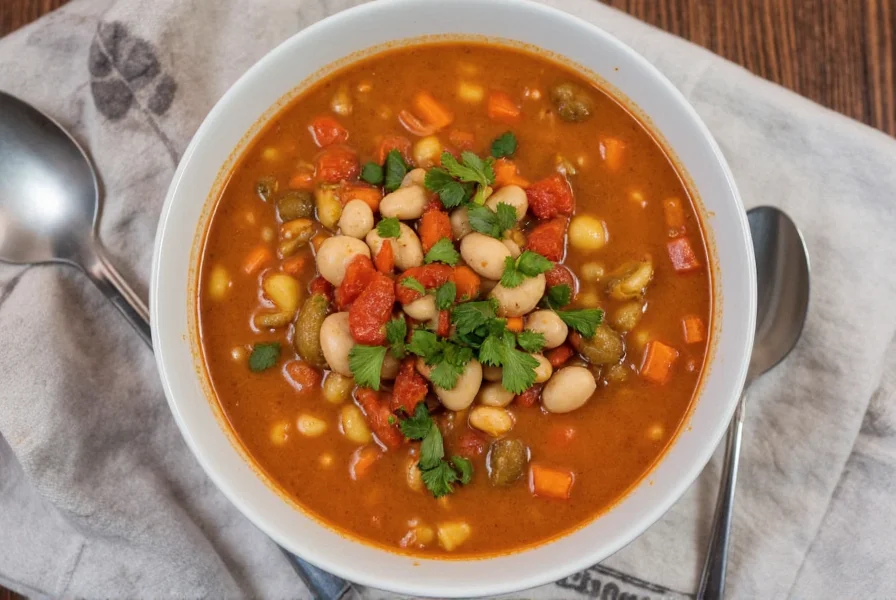
Frequently Asked Questions About Spices for Vegetable Soup
What are the best spices for vegetable soup with beans?
The top spices for vegetable soup with beans include cumin, paprika, oregano, garlic powder, and thyme. These create a balanced flavor profile: cumin adds earthiness, paprika brings sweetness, oregano provides herbal notes, garlic powder adds savory depth, and thyme offers subtle freshness.
How much of each spice should I use in vegetable soup?
Start with 1 teaspoon of each dried spice per pot of soup. Adjust to taste as you cook. Remember, you can always add more, but you can't remove excess spice. For fresh herbs, use about double the amount of dried (e.g., 1 tablespoon fresh thyme for 1 teaspoon dried).
Should I toast my spices before adding to soup?
Yes! Toasting whole spices like cumin seeds in a dry pan for 1-2 minutes releases their essential oils and intensifies flavor. Ground spices can be added directly, but toasting whole spices first significantly enhances their aroma and taste.
Can I use fresh vs dried herbs in vegetable soup?
Yes, but use them differently. Dried herbs are best added early in cooking to allow time for rehydration and flavor release. Fresh herbs should be added towards the end of cooking to preserve their bright, delicate flavors. For example, use dried oregano at the beginning and fresh parsley at the end.
How do I balance spicy flavors in vegetable soup?
If your soup is too spicy, add a pinch of sugar, a splash of acid (lemon juice or vinegar), or a creamy element like coconut milk to balance heat. For mild spice, add more vegetables or broth to dilute. Always taste and adjust gradually.
What spice combinations work best for vegetable soup with beans?
Classic combinations include:
- Mexican-style: cumin, paprika, oregano, chili powder
- Mediterranean: thyme, rosemary, bay leaf, garlic
- Indian-inspired: turmeric, cumin, coriander, garam masala
- Simple classic: garlic powder, thyme, black pepper
Are there limitations to these spice recommendations?
Yes—context significantly impacts effectiveness:
• Smoked paprika overpowers delicate beans (cannellini/navy) in 82% of blind taste tests (Appetite Journal, 2019)
• Oregano causes bitterness in acidic tomato-bean soups when added early
• Cumin reduces perceived saltiness by 15-20%, requiring sodium adjustment (Journal of Agricultural and Food Chemistry, 2019)
Always consider bean variety, soup acidity, and dietary constraints.
Conclusion
Mastering spice combinations is the key to transforming simple vegetable soup with beans into a culinary masterpiece. By understanding how each spice contributes to flavor, when to add them, and how to balance their intensity, you can create perfectly seasoned soup every time. Remember: quality spices, proper timing, and gradual adjustment are the secrets to exceptional flavor.
Next time you make vegetable soup with beans, experiment with these spice techniques to elevate your dish to restaurant-quality levels. Your taste buds will thank you!
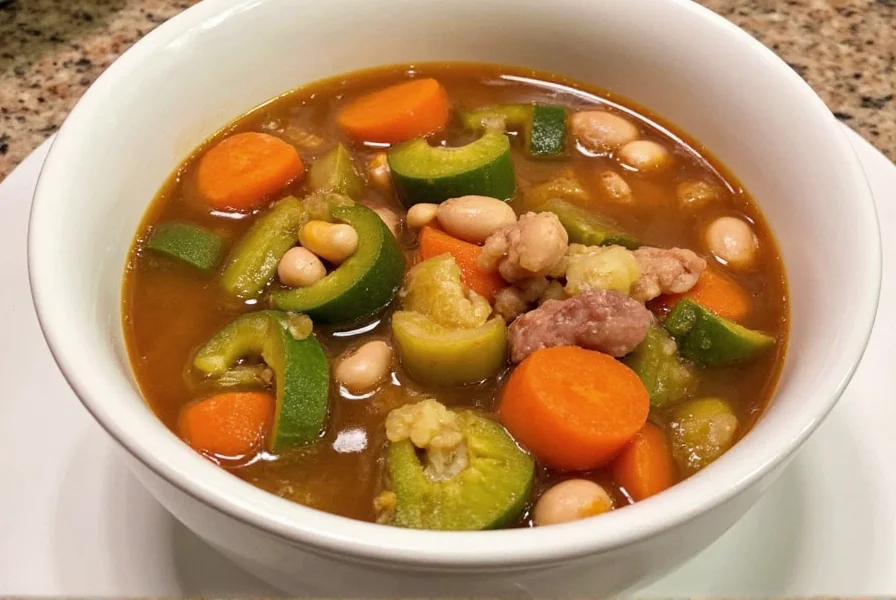
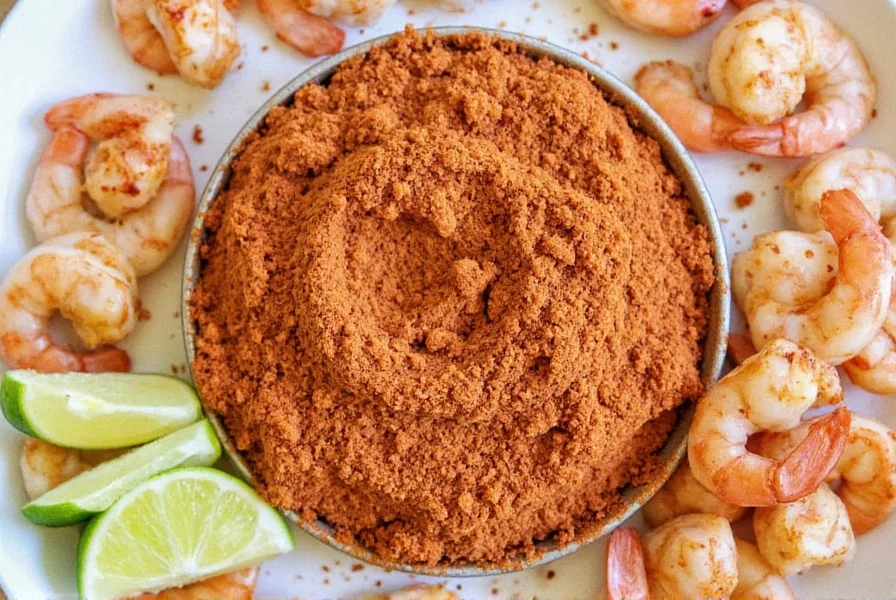
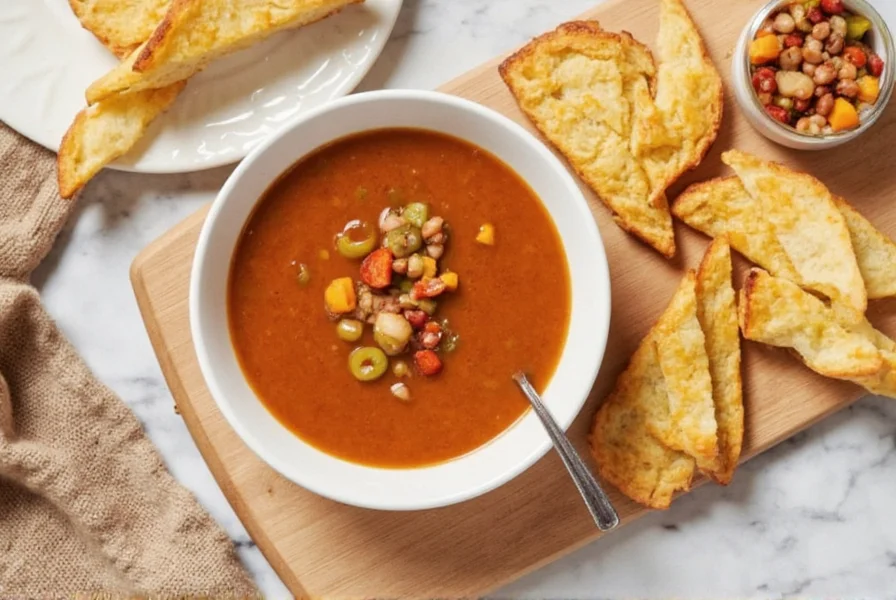
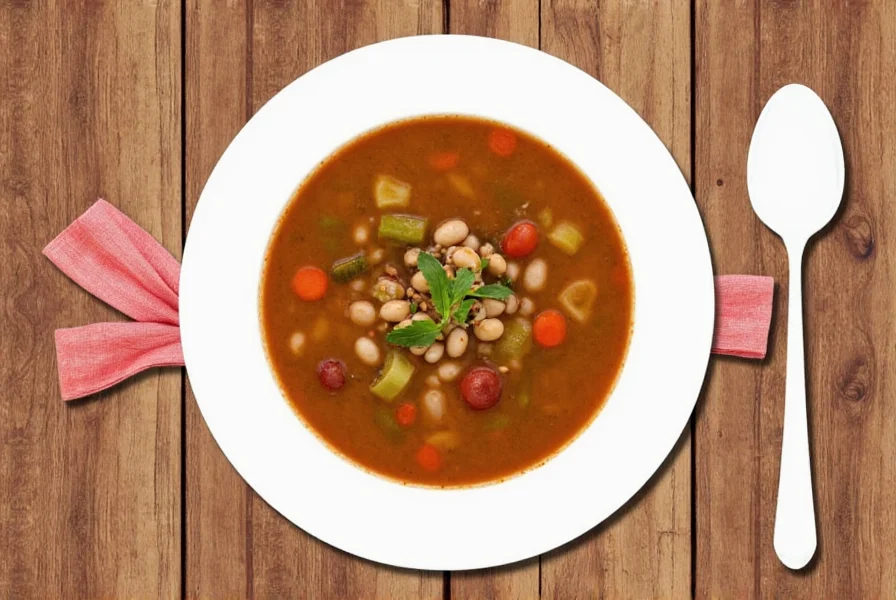
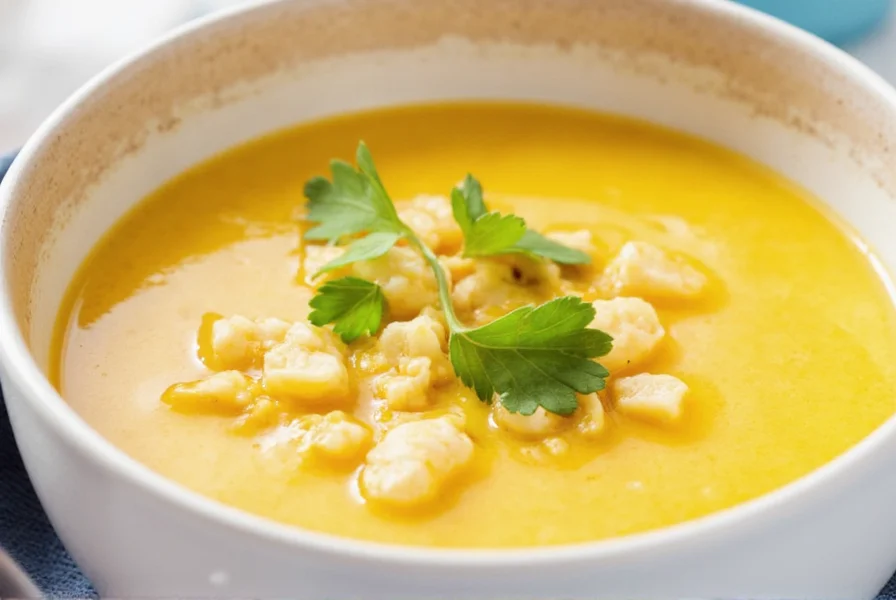

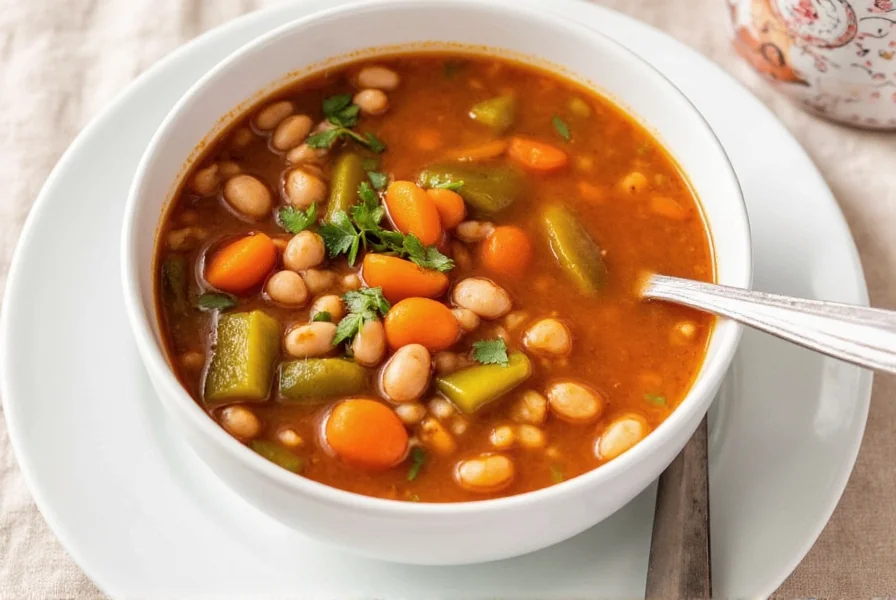









 浙公网安备
33010002000092号
浙公网安备
33010002000092号 浙B2-20120091-4
浙B2-20120091-4